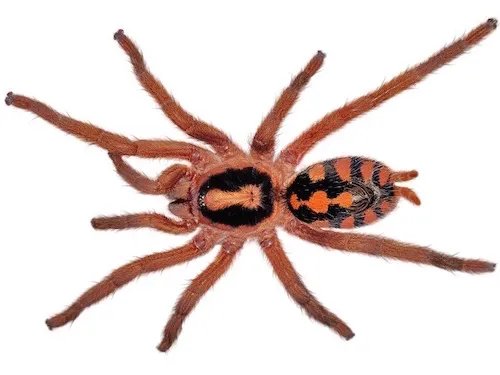What is a Tarantula
Tarantulas are large, hairy spiders belonging to the Theraphosidae family. They are known for their impressive size, with some species boasting leg spans exceeding 10 inches. These arachnids are native to various regions worldwide, including the Americas, Africa, Asia, and Australia. They are generally nocturnal hunters, feeding primarily on insects, though larger species may also consume small vertebrates. Despite their imposing appearance, most tarantula species are relatively docile and not considered to be highly venomous to humans. However, they possess urticating hairs, which can cause skin irritation upon contact, and their bites, while rarely life-threatening, can be painful. Owning a tarantula can be a rewarding experience for those interested in exotic pets. Before you go looking for a live tarantula near you, it is important to know what these animals are.
Where to Find a Live Tarantula Near Me
Finding a live tarantula near you involves exploring several avenues. Whether you’re a seasoned enthusiast or a curious beginner, knowing where to look is the first step in bringing a fascinating creature into your life. The key is to identify reliable sources that prioritize the health and well-being of these arachnids. Local pet stores are one option, however, you should make sure they have good reputations. If your local pet store does not have tarantulas, do not be afraid to call other pet stores in other towns near you. You can also explore breeders online or at local events. Always check for ethical breeders.
Local Pet Stores
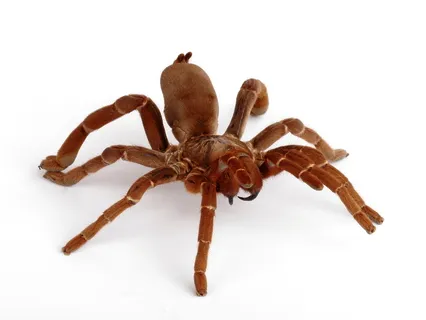
Many local pet stores carry a variety of exotic pets, including tarantulas. This is often the most convenient option for those seeking a live tarantula near them. When visiting a local pet store, take the time to assess the conditions of the tarantulas. Look for healthy, active spiders in clean enclosures. The staff should be knowledgeable and able to answer your questions about tarantula care, diet, and handling. Also, consider the store’s reputation. Read reviews and ask around to gauge the store’s commitment to animal welfare. Although pet stores are convenient, they may not always have the specific species you’re looking for, so you might have to expand your search.
Specialty Tarantula Breeders
Specialty breeders often offer a wider selection of tarantula species, including rarer and more unique varieties. They typically have extensive knowledge about tarantula care and can provide valuable insights and guidance to new owners. You can usually find these breeders through online directories, reptile shows, and specialized pet expos. These breeders often prioritize the health and well-being of their tarantulas, providing them with proper care and ensuring they are disease-free. When considering a breeder, research their reputation and ask for references. A good breeder should be transparent about their breeding practices and happy to answer any questions you may have. Consider also the species of tarantula, as this will have an impact on the cost.
Online Marketplaces
Online marketplaces can connect you with breeders and sellers from around the country. Several websites specialize in exotic pets, offering a broad selection of tarantulas. When using online marketplaces, it’s crucial to do your research. Check seller ratings and reviews to ensure you’re dealing with a reputable vendor. Verify their shipping practices and make sure they prioritize the tarantula’s safety during transit. Before purchasing, ask for photos and videos of the tarantula you’re interested in and inquire about its health, age, and origin. Be aware of potential scams and always use secure payment methods. While online marketplaces offer convenience and a wide selection, the risk of receiving a sick or misrepresented animal is higher.
Top 5 Facts About Live Tarantulas
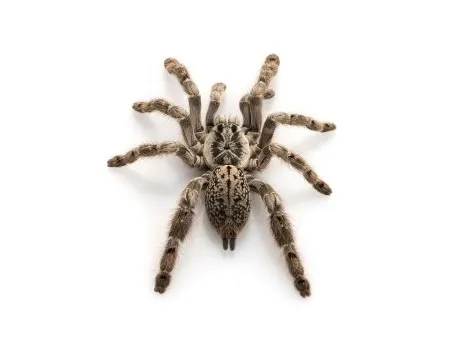
Before you go looking for a live tarantula near you, here are some key facts about these fascinating creatures that will help you decide if they’re the right pet for you. Understanding these aspects will help you make informed decisions and provide proper care, ensuring your tarantula thrives in its new home.
Fact 1 Lifespan
Tarantulas are known for their relatively long lifespans. Female tarantulas can live for over 20 years in captivity, while males typically have shorter lifespans, often only living a few years after reaching maturity. This long lifespan is an important factor to consider when adopting a tarantula, as it represents a significant commitment to providing care for an extended period. The lifespan can vary depending on the species, with some smaller species having shorter lifespans and larger species living longer. The lifespan of a tarantula is also impacted by the quality of care it receives.
Fact 2 Habitat
Tarantulas come from diverse habitats around the world, each with its own unique environment. Some species are terrestrial, meaning they live on the ground, while others are arboreal, living in trees. Some tarantulas burrow underground, while others live in abandoned burrows or under rocks. When creating a habitat for your tarantula, it’s important to replicate its natural environment. This includes providing the right substrate, such as coconut fiber or peat moss, appropriate humidity levels, and hiding places. The enclosure size should be suitable for the tarantula’s size and species. Researching the specific needs of your tarantula species is crucial for ensuring its well-being. A proper habitat is critical if you’re looking for a live tarantula near you.
Fact 3 Diet
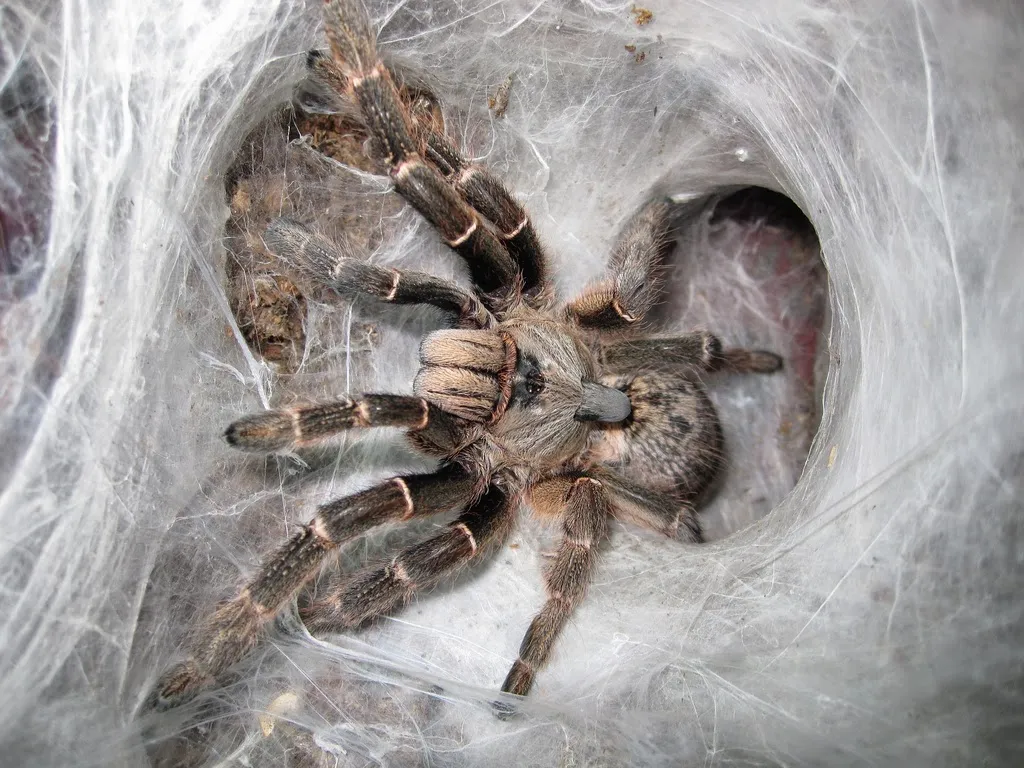
Tarantulas are carnivores and primarily feed on insects. Their diet typically consists of crickets, roaches, mealworms, and other readily available insects. The size and type of insect will depend on the tarantula’s size, with larger tarantulas requiring larger prey. It’s important to feed your tarantula appropriately, avoiding overfeeding to prevent obesity and health issues. Ensure the insects you feed your tarantula are gut-loaded with nutritious food to provide your spider with essential vitamins and minerals. Fresh water should always be available, usually in a shallow dish. Providing a varied diet is also important to keep your pet healthy and to meet its specific needs.
Fact 4 Temperament
While all tarantulas possess venom, the majority of species are not considered highly venomous to humans. Their temperament varies widely depending on the species. Some tarantulas are docile and handle well, while others are more defensive and prefer to be left alone. When purchasing a tarantula, research the temperament of the species you are considering. Observe the tarantula’s behavior and body language before handling it. Urticating hairs are another defense mechanism, and some tarantulas will flick these hairs off their abdomens when threatened. It is important to be cautious when handling, and avoid handling them if you are not comfortable or confident.
Fact 5 Care Requirements
Caring for a tarantula involves several key considerations. Maintaining the correct temperature and humidity levels within the enclosure is essential. Regular cleaning and maintenance of the enclosure are also important to prevent the buildup of waste and maintain a healthy environment. Providing a suitable substrate and adequate hiding places contributes to the tarantula’s well-being. You should also be prepared to handle the tarantula’s molting process, where it sheds its exoskeleton as it grows. Understanding the care requirements specific to your tarantula species, from the type of enclosure to the food, will ensure its long and happy life.
Essential Supplies for Live Tarantula Ownership

Owning a tarantula requires the right supplies to create a safe and comfortable environment. These supplies ensure the tarantula’s health, well-being, and proper care. Investing in high-quality supplies is a crucial step in becoming a responsible tarantula owner.
Enclosure
The enclosure is the tarantula’s home and needs to be the appropriate size. The size of the enclosure should be based on the tarantula’s size and species, and should provide enough space for movement and exploration. Glass or acrylic terrariums with secure lids are common choices. Ensure the enclosure is well-ventilated to prevent the buildup of harmful gases, yet secure enough to prevent escape. Choose a location that is away from direct sunlight and drafts. The enclosure should be easy to clean, and should provide easy access for feeding and maintenance. Choosing the right enclosure is essential when you have a live tarantula near you.
Substrate
Substrate is the bedding material that lines the bottom of the enclosure, providing a place for the tarantula to burrow and feel secure. Popular substrate choices include coconut fiber, peat moss, and a mixture of vermiculite and topsoil. The substrate should be deep enough to allow for burrowing, especially for burrowing species. It should also retain moisture to maintain the appropriate humidity levels. Avoid using substrates that contain harmful chemicals or sharp materials. The right substrate can help your tarantula thrive and is a critical aspect of their care. Ensure the substrate is replaced regularly to maintain a clean environment.
Heating and Lighting
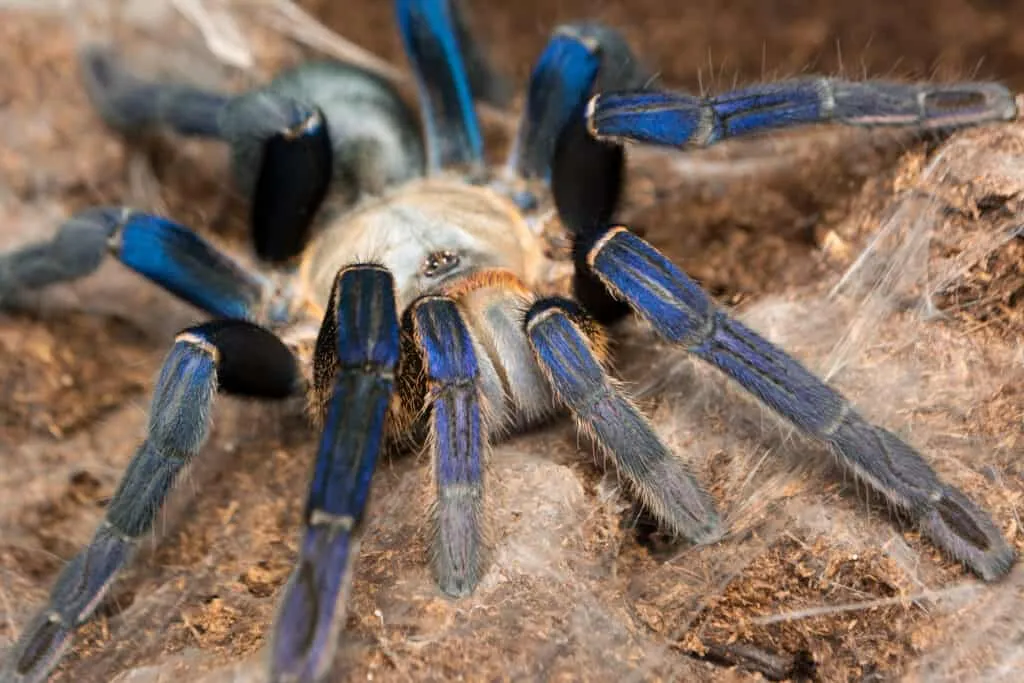
Tarantulas require specific temperature and humidity levels to thrive. Heating pads or heat lamps can be used to provide the necessary warmth. Avoid placing heat sources directly inside the enclosure to prevent burns. Monitor the temperature with a thermometer and ensure the enclosure maintains the correct temperature range for your tarantula species. Lighting isn’t typically a crucial requirement for tarantulas, as they are nocturnal. However, a low-wattage bulb or LED light can be used to observe the tarantula without disturbing its natural behavior. The lighting schedule should mimic the natural day-night cycle. Avoid bright lights as tarantulas are sensitive to light. The right heating and lighting setup will ensure a happy and healthy tarantula.
Water and Humidity
Maintaining the appropriate humidity levels is vital for tarantula health. The humidity needs can be adjusted based on the species. Provide a shallow water dish with fresh water at all times. Regularly mist the enclosure to increase humidity if needed. Use a hygrometer to monitor the humidity levels and adjust as necessary. Inadequate humidity can cause molting problems and other health issues, so this is a key consideration when you have a live tarantula near you. Clean the water dish regularly to prevent bacterial growth and provide fresh water daily.
Feeding and Handling
Feeding your tarantula and handling it safely requires knowledge and care. These practices are important for the tarantula’s well-being and your own safety. A regular feeding schedule and proper handling techniques are essential aspects of tarantula ownership.
As mentioned above, the diet of the tarantula consists of live insects, such as crickets, roaches, and mealworms. Feed your tarantula the appropriate size and quantity of food based on its size and species. Remove any uneaten prey after a day or two to prevent them from stressing the tarantula or causing injury. Water should be available at all times, usually in a shallow dish. When handling, it’s important to handle the tarantula with care, but most of the time, it is best to observe the tarantula from a distance. Some tarantulas are very docile and do well when handled. However, other species can be defensive. Always wash your hands before and after handling a tarantula. Handle the tarantula in a safe, enclosed area, close to the ground, in case it drops. Never handle a tarantula if you are unsure about its temperament.
The Risks and Rewards of Owning a Tarantula
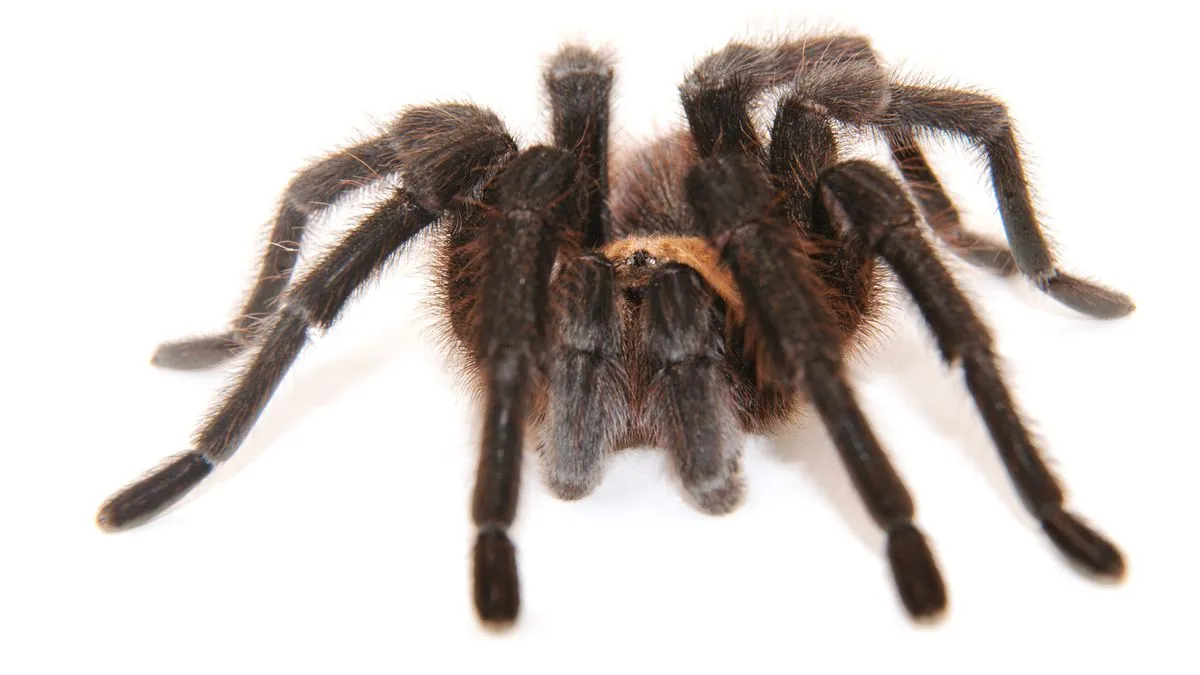
Owning a tarantula can be a rewarding experience, but it also comes with responsibilities and potential risks. Understanding these aspects is important before bringing a tarantula into your life. The rewards of owning a tarantula can be significant. They are fascinating creatures to observe, and their unique behaviors and characteristics can provide hours of entertainment. Tarantulas are relatively low-maintenance pets, requiring less daily care than some other animals. They are also quiet pets, perfect for those who live in apartments. The opportunity to learn about and appreciate a unique species can be very fulfilling. However, owning a tarantula also has risks. Handling can be dangerous, as tarantulas can bite or flick urticating hairs. The bite, though not typically fatal, can be painful, and the hairs can cause skin irritation. Moreover, tarantulas have specific environmental needs that must be met to ensure their health and well-being. A lack of proper care can lead to health problems or even premature death. There is also the commitment to care for the tarantula for its entire lifespan. Make sure you are fully prepared.
Conclusion
Finding a live tarantula near you is an exciting prospect, but it’s important to approach this with knowledge and responsibility. From local pet stores and specialty breeders to online marketplaces, several avenues can lead you to your new exotic pet. Remember the top five facts: lifespan, habitat, diet, temperament, and care requirements. When choosing a tarantula, research the species and understand its needs. Proper housing, feeding, and handling are key to ensuring your tarantula thrives. By understanding the risks and rewards, you can determine if tarantula ownership is right for you. If you’re prepared to provide the necessary care, a tarantula can be a rewarding and fascinating pet.
